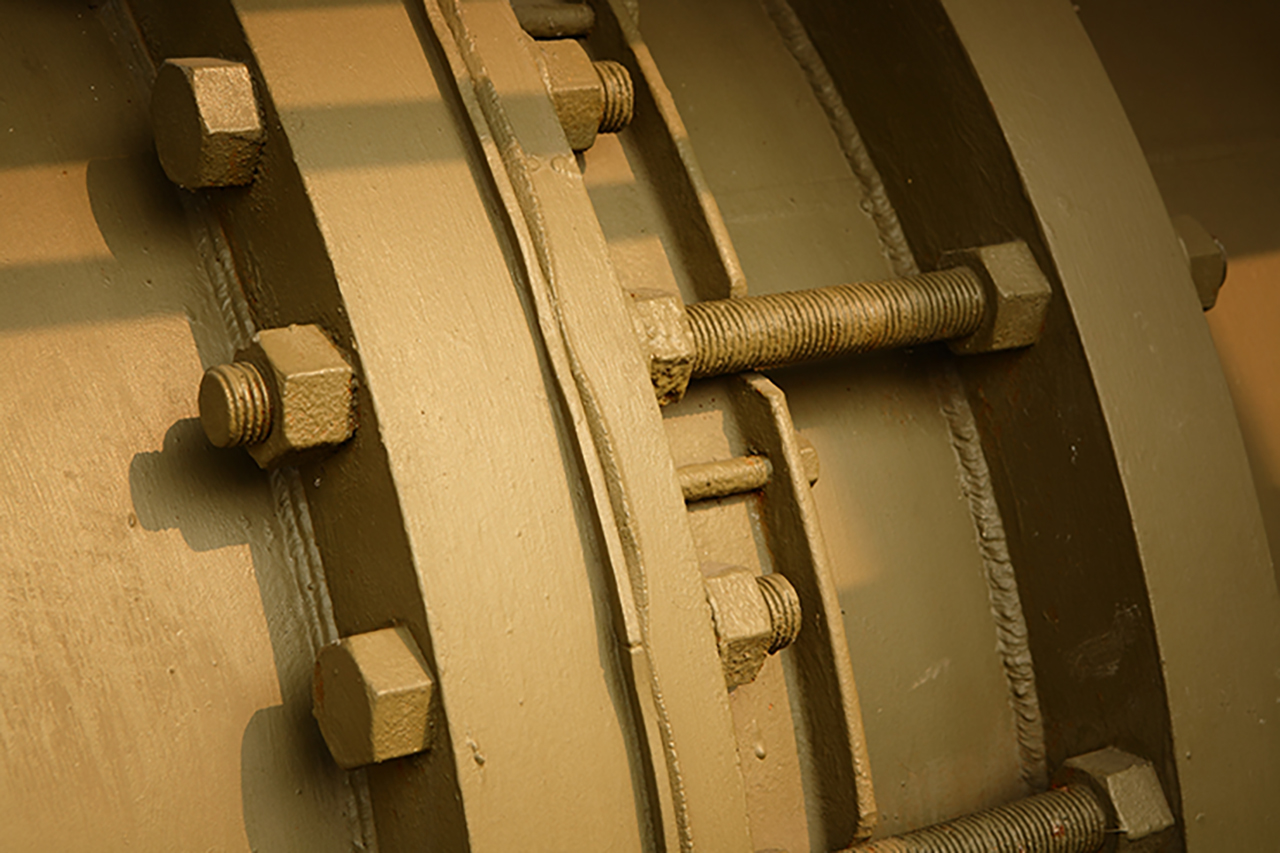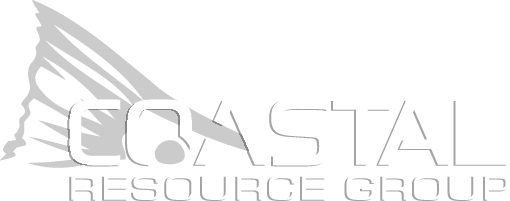Leaks in flanged joints can result in lost productivity, safety hazards, and increased operational costs, especially in industrial applications where piping systems handle high-pressure fluids or gases. Preventing leaks at these connections starts with proper gasket selection and correct installation practices. Even a small oversight during assembly can compromise the entire sealing system, putting the whole operation at risk.
Common Causes of Flange Joint Leaks
Flanged joints are used to connect pipe sections and equipment with the help of gaskets and fasteners. While flanges provide convenience for maintenance and disassembly, they are also prone to leaks if not properly managed. The most frequent causes include:
- Incorrect gasket selection or sizing
- Improper surface finish or flange alignment
- Under-tightening or over-tightening of bolts
- Uneven torque application during assembly
- Reusing old or damaged gaskets
- Vibration or pressure cycling in the pipeline
Recognizing these causes is the first step in applying better control strategies during pipe connections with gaskets and flanges.
Importance of Proper Gasket Selection
Gaskets act as the sealing material between flange faces. They must be able to withstand operating pressure, temperature, and chemical exposure without degrading. When selecting a gasket, the following factors must be considered:
| Factor | What to Consider |
| Temperature | Choose materials that resist heat degradation or cold brittleness. |
| Pressure | Ensure the gasket can handle maximum system pressure without crushing. |
| Media Compatibility | Match the gasket material with the chemical properties of the fluid or gas flowing through the pipe. |
| Flange Type | Flat face, raised face, or tongue-and-groove flanges may require different gasket profiles. |
Common gasket types include spiral wound, ring type joint (RTJ), soft cut, and compressed fiber. Each serves different applications depending on operating conditions.
Surface Preparation and Flange Condition
Before installing a gasket, inspect both flange faces thoroughly. Surface finish plays a critical role in sealing effectiveness. A rough surface may not compress the gasket evenly, while a polished one may lead to gasket slippage.
Ensure flanges are clean, dry, and free from debris, rust, or old gasket material. Check for flange warping or scratches that may cause uneven compression. Even the smallest imperfection can be the source of future leaks.
Correct Bolt Torque and Tightening Pattern
Achieving proper clamping force is essential. Too much torque can crush the gasket, while too little can lead to leaks. Use a calibrated torque wrench to apply uniform pressure. Follow a cross-pattern tightening sequence in multiple passes to distribute load evenly.
The general tightening process includes:
- Hand-tighten all bolts.
- Apply 30% of the recommended torque in a cross-pattern.
- Apply 60%, repeating the pattern.
- Finish with 100% torque in the same sequence.
- Perform a final circular pass to check uniformity.
Retorquing may be necessary after system startup, especially in high-temperature or high-pressure systems where gasket relaxation can occur.
Avoiding Common Installation Mistakes
Even with the correct materials and torque procedure, leaks may still occur due to human error. Here are key practices to avoid:
- Do not reuse old gaskets.
- Avoid using lubricants on gasket surfaces unless specified by the manufacturer.
- Do not skip bolt holes during tightening.
- Always use the full bolt set specified for the flange type.
- Use washers if required to distribute the load properly.
Training and proper installation supervision can greatly reduce these risks during assembly.
Best Practices for Pipe Connections with Gaskets and Flanges
Reliable pipe connections depend not only on the correct parts but also on consistent procedures. Adopting standard installation protocols across maintenance teams ensures better long-term performance of your piping systems.
Some best practices include:
- Standardize gasket types and sizes across operations.
- Document torque values and tightening patterns.
- Keep spare gaskets and flange components in clean, dry storage.
- Establish inspection checkpoints for flange surfaces and fasteners.
- Train personnel on torqueing, alignment, and safety.
Proper documentation and consistent quality checks also play a role in leak prevention. Many plants now incorporate digital logs for assembly and inspection to improve traceability.
Preventive Maintenance and Monitoring
Even when installed correctly, flanged joints should be monitored during operation. Temperature cycling, vibration, and fluid characteristics can change over time, putting strain on the seal.
Maintenance schedules should include:
- Regular visual inspections for weeping or corrosion.
- Checking for bolt loosening or flange movement.
- Retorquing at safe intervals when needed.
- Replacing gaskets at set service intervals, not only upon failure.
Some industrial operations also implement leak detection systems or smart sensors to monitor pressure drops, flow irregularities, or trace emissions in real time.
Support for Your Gasket and Flange Needs
Keeping industrial operations running without disruption means making sure every connection counts, especially those made with flanged joints. At Coastal Resource Group, we understand the demands of high-performance piping systems in oilfield and petrochemical environments. Our inventory includes HDPE pipes, flange sets, bolts, and gasket materials built for long-term reliability.
With locations in Dickinson and Seguin, Texas, we support businesses across the Eagle Ford Shale and Gulf Coast by delivering the supplies they need—fast. Whether you’re building new pipe runs or maintaining an existing system, our 24/7 availability ensures you’re never left waiting. Ask about our fusion machine rentals, welding equipment, or full industrial supply services. We’ll help you prevent flange leaks before they start.
Contact us today to learn more about our products and services.


